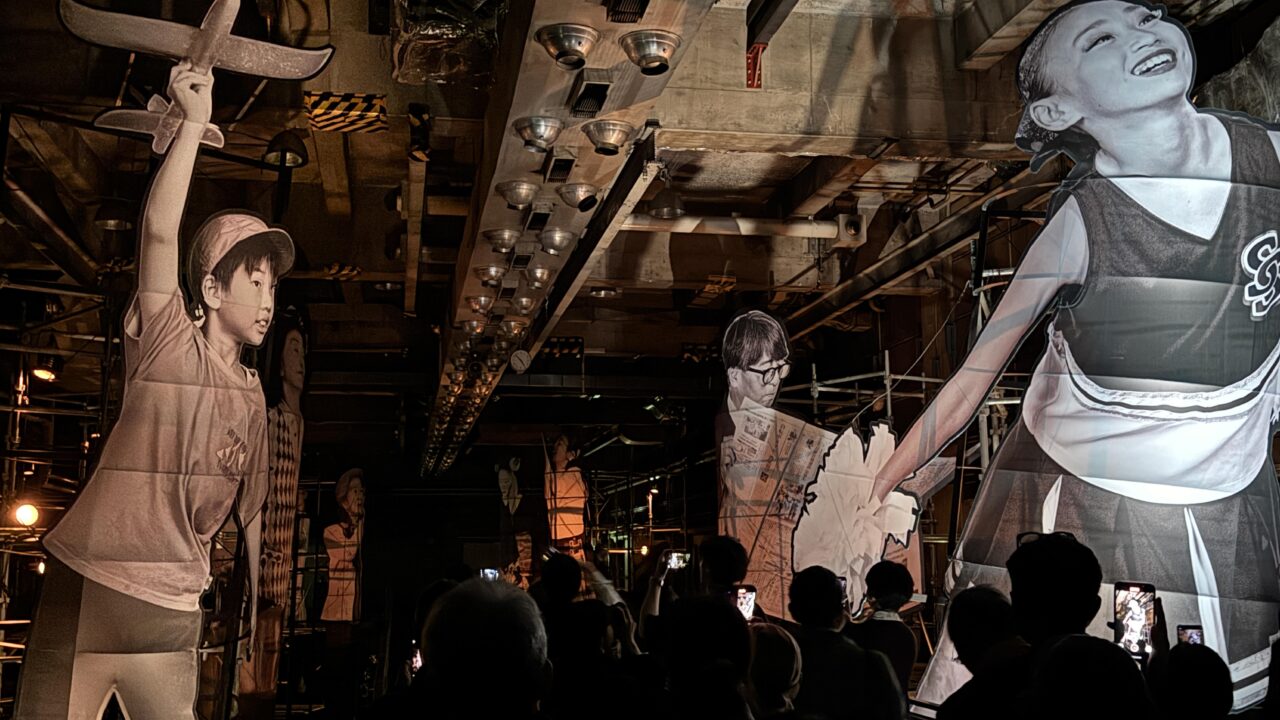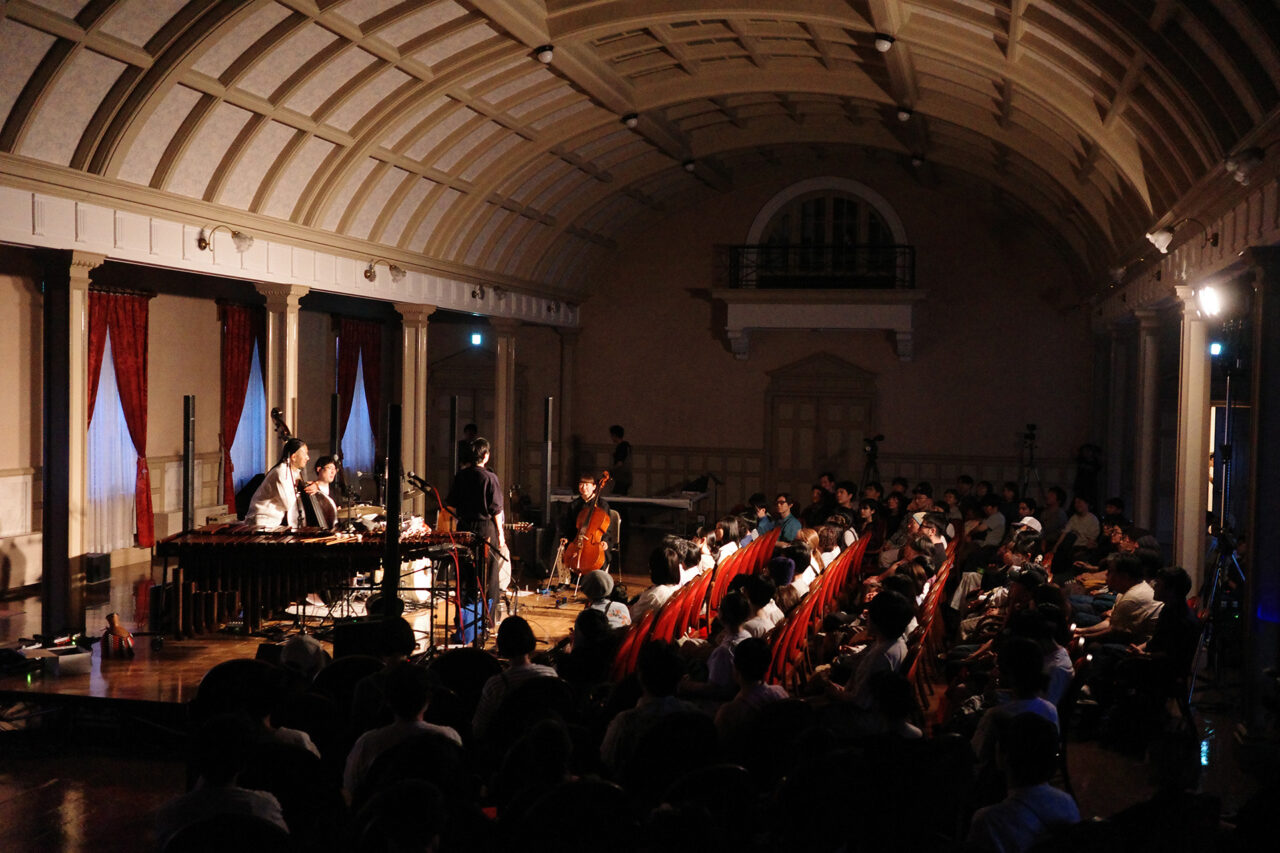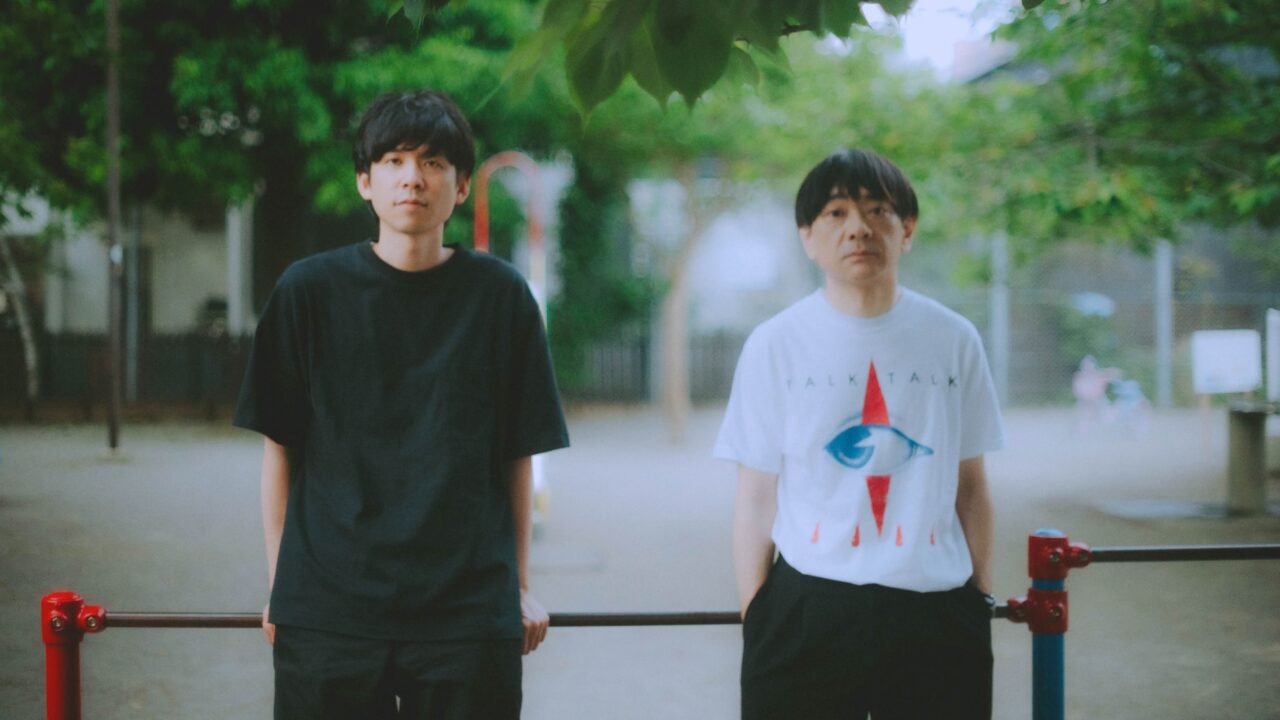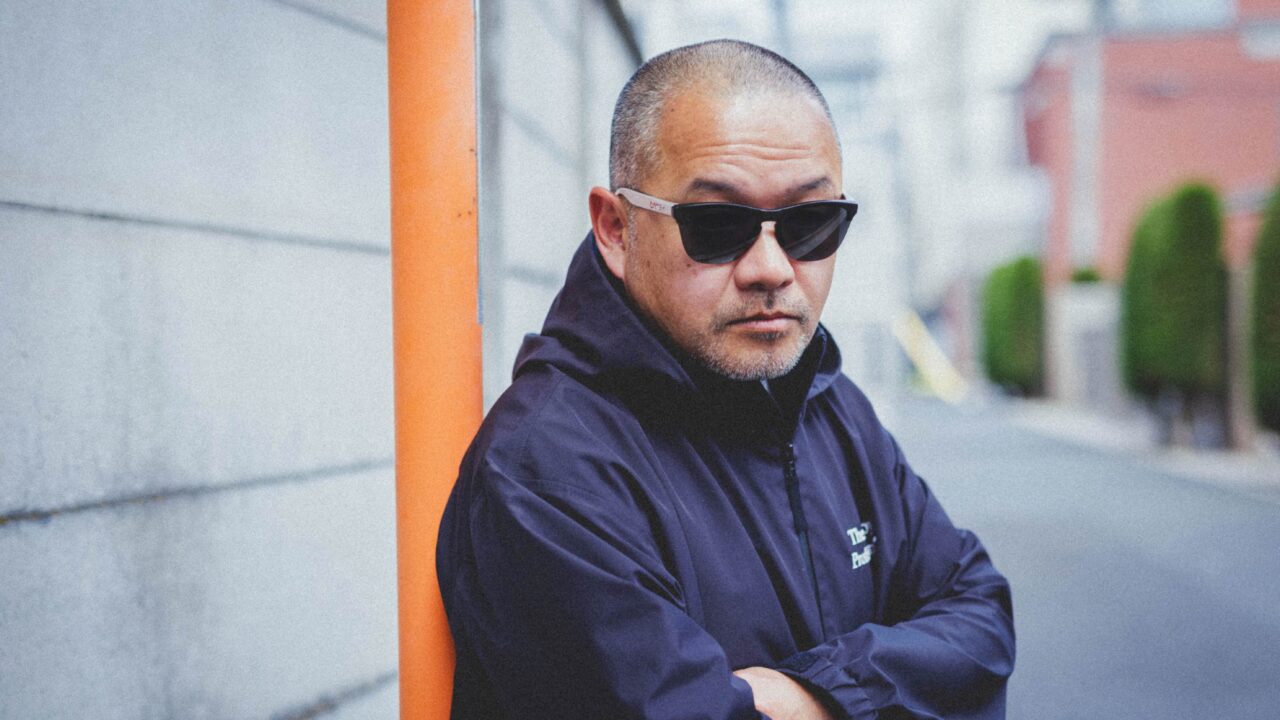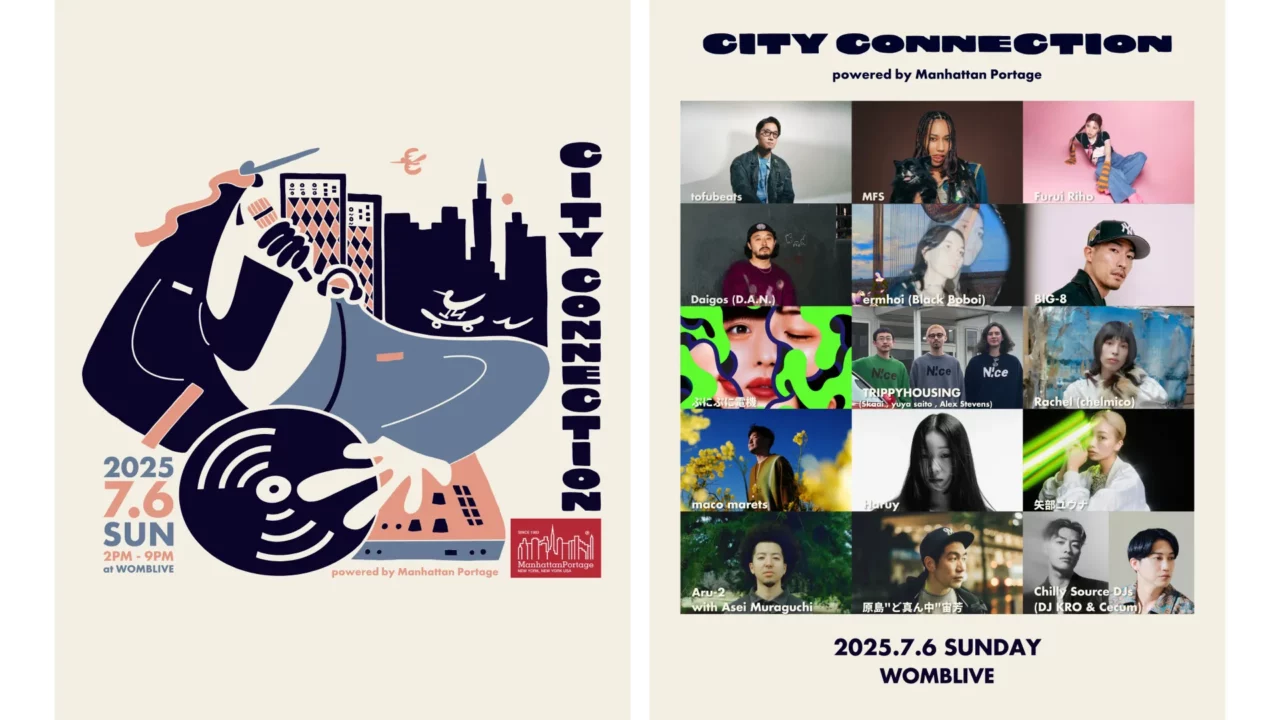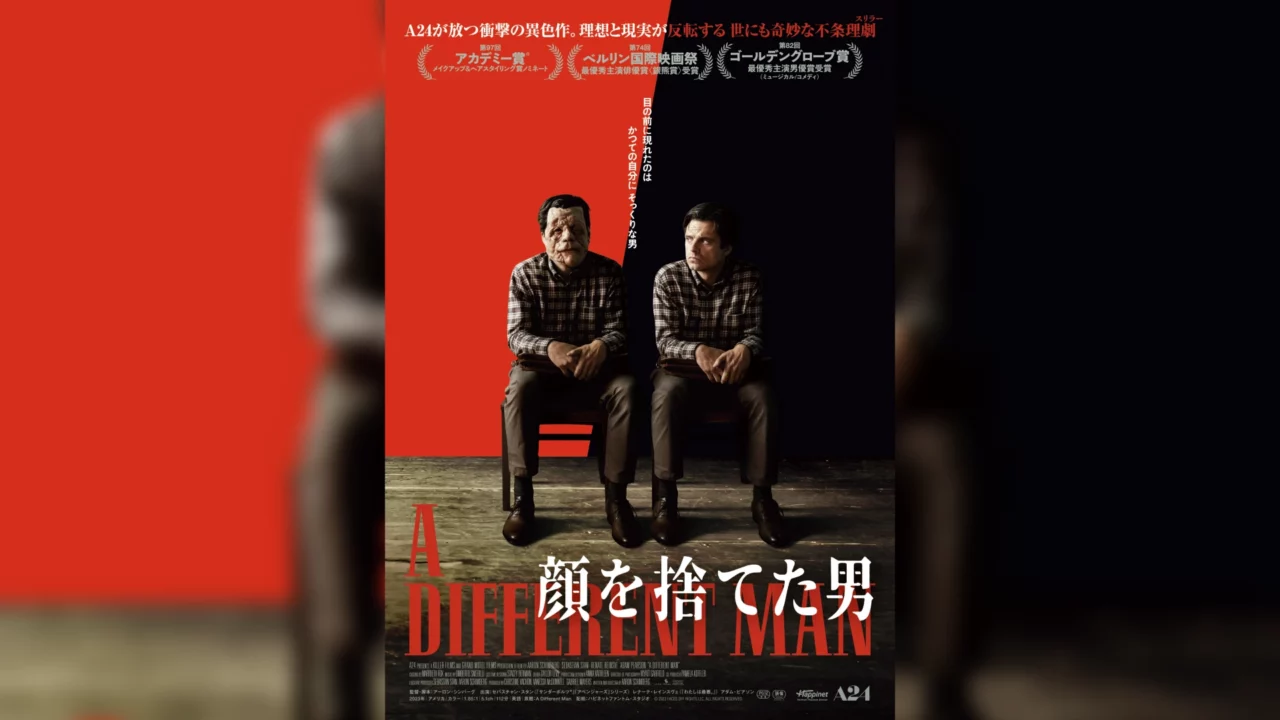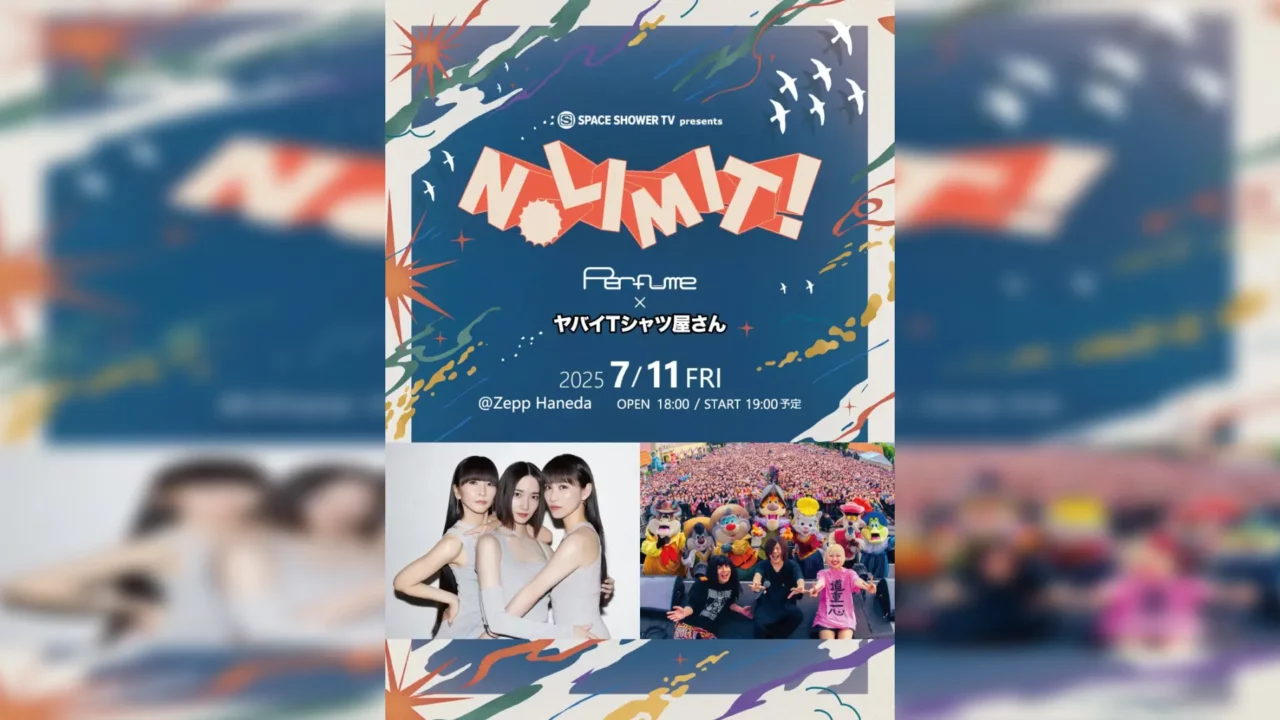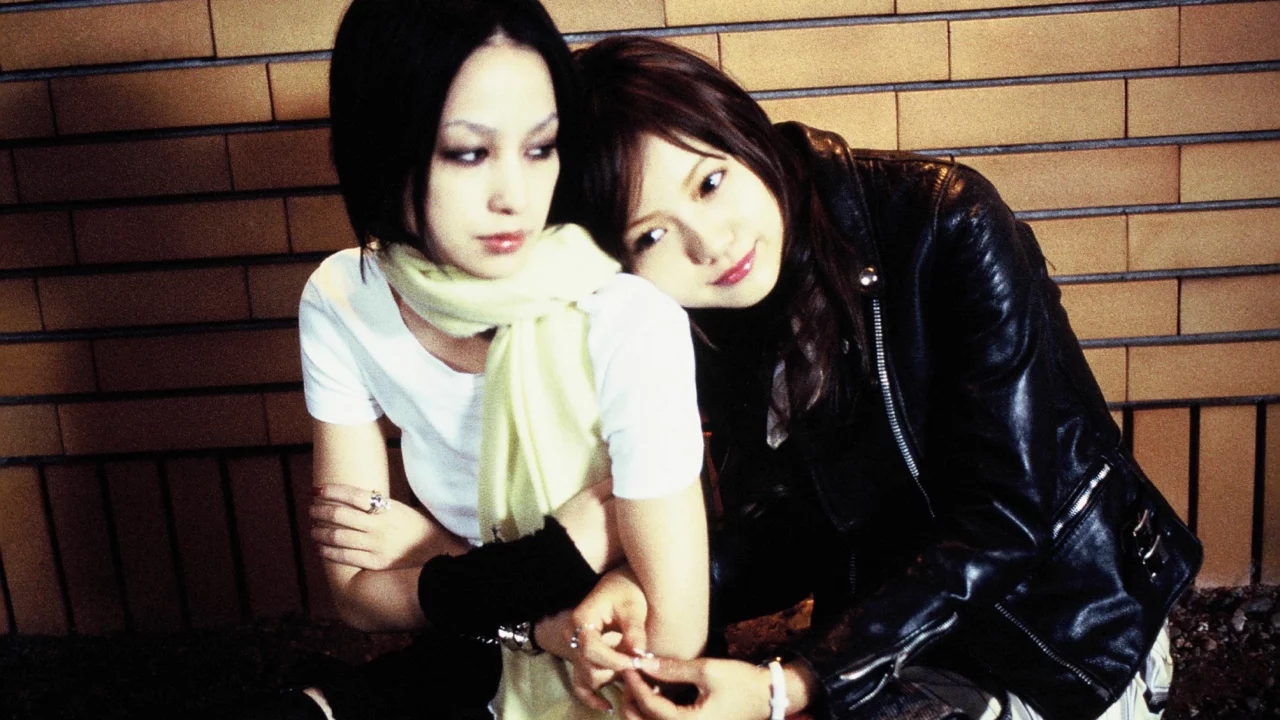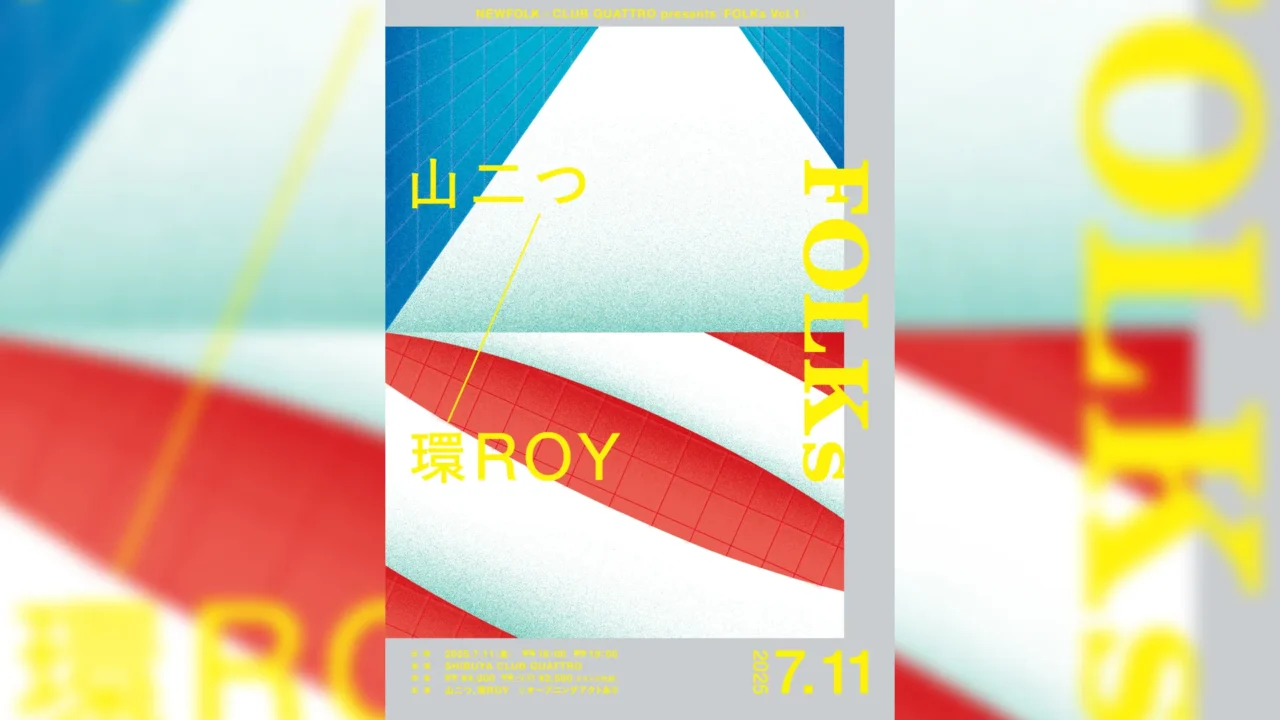A circle of friends connected by goo touch! The “FIST BUMP” corner of the radio program “GRAND MARQUEE” features people who live and enjoy Tokyo in a relay format.
On January 16, MARCO, the representative of the creative label “MANNERS KNOWS,” will appear. We asked him about the appeal of pisto bikes and the activities of his creative label, as told by MARCO, who used to participate in overseas competitions as a trick rider.
INDEX
Pistobikes are all about imagination and thinking about what you can do
Celeina (MC): Yesterday’s guest, Mr. Kobayashi, mentioned that Mr.MARCO is a junior member of the Bicycle Club, but when did you first encounter bicycles and how long have you been riding?
MARCO:When I was a university student, I was allowed to ride a bicycle that a senior student rode. I started riding then, and now I am 35 years old, so I have been riding for quite a long time.
Celeina:Mr.MARCO, I heard that you participated in overseas competitions as a pisto bike trick rider.
Takano (MC): What kind of tricks do you do on a pisto bike?
MARCO: Originally they were bicycle racing bikes, so rather than flying or bouncing, they started with tricks such as standing on the spot and balancing, or doing a back circle, a technique where you pedal backwards to see how many revolutions you can make, or wheelies. This gradually intensified, and the number of riders doing tricks increased, like a larger version of MTB or BMX. Pisto bikes have directly connected gears, so when the foot on the axle stops, the tire behind it also stops. There is also a trick called “skidding,” in which you slide and brake like a power slide. I think the coolest thing about it is that it’s like carving in surfing or snowboarding, and it’s cool to ride it around town.
Celeina:You need power, but a sense of balance is also important.
MARCO:Yes, it is. Also, since the gears are fixed and don’t spin around, I think a sense of rhythm is also important.

Takano:When you started your activities, the scene was still in its infancy. What was the atmosphere like?
MARCO:In the beginning, there was a strong influence from San Francisco culture, and a crew called MASH put out a shocking video. It was really cool, skidding down a steep hill in San Francisco with no brakes. From there, senior members of the Uraharajuku community and fashion directors started to get on board, and it became a fashion trend as well.
Takano: As street culture. From a global perspective, how is the Japanese Pistobikes scene?
MARCO:When it first started, the global level was extremely high, and, unusually for something called X-sports, Japan was at the top of the world. People who were active in Japan went overseas, and I was invited to various countries in Asia, including Korea, Taiwan, and Indonesia. I gave demonstrations there, and I was very pampered and had a great experience.
Celeina:What do you think was the reason for the high level of the Pistobikes scene in Japan?
MARCO:It started with thinking about what you could do with this bike, rather than doing a specific technique from scratch like skateboarding or BMX, where imagination is more important. So maybe Japanese people were suited to think and create originality after all. Also, I wonder if being able to work hard is a characteristic of Japanese people.

